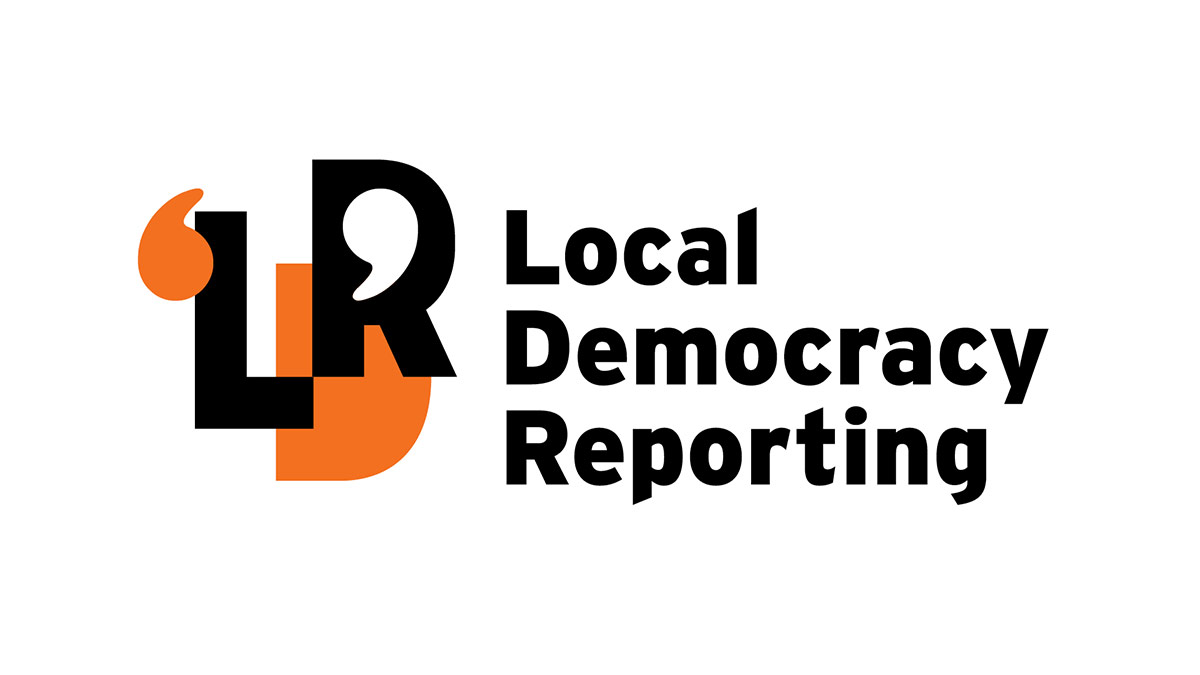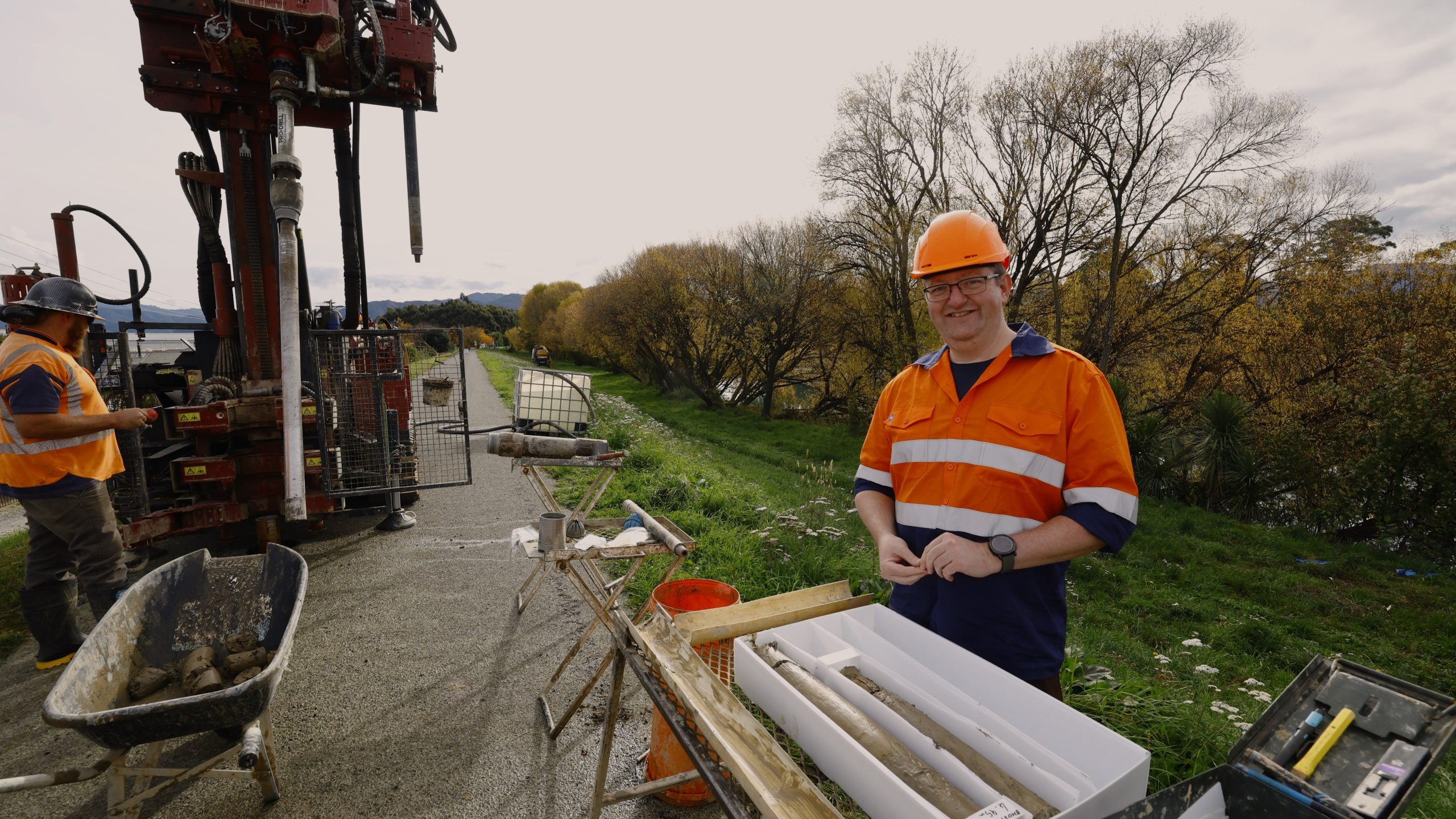Cracks in Marlborough stopbanks at least a metre deep


Marlborough District Council rivers and drainage engineering manager Andy White during geotechnical drilling at the Spring Creek stopbanks. Photo: Maia Hart/LDR
Holes have been drilled into Marlborough's Spring Creek stopbanks in an attempt to understand why they cracked, with initial tests showing the cracks are at least a metre deep.
The geotechnical assessment sought by the Marlborough District Council started on Monday and will involve drilling multiple boreholes and test pits into the Peninsula Rd stopbanks over the next couple of weeks.
Meanwhile, some vegetation has been removed on the other side of the river to reduce sediment build-up.
The stopbanks are critical for protecting Spring Creek, a township of 600 people north of Blenheim. Cracks started showing in one of the banks after the 2016 Kaikōura earthquake, while more cracks showed in the July 2021 floods.
An evacuation order was issued for Spring Creek in April, but was called off after the amount of rain forecast did not fall.
A community meeting was then called, to explain to the community the issues with the stopbank network.

Marlborough District Council rivers and drainage engineering manager Andy White says the testing would help them understand what was going on in the bank and why it was cracking.
“They are quite big cracks.
“We still don’t know what that really means, but what they'll do now is drilling down on those cracks to understand the full depth.”
The testing would help him understand what material was needed to fix the stopbanks - a project expected to take three years to complete, and expected to cost $8.7 million.
Drilling would go down to 15m, just above the aquifer, and would give them a “cross-section” of the bank, he says.
“Then we see if it’s a vertical crack, if it’s rotating, because then we can decide if it’s [stopbank] sliding into the river.
“That will tell us why this bank is failing.”

Core samples would be sent to Christchurch, which would tell them the type of soil they were dealing with.
Using a model, an evacuation would be triggered when the river reached 3000m³ per second.
Andy says by the next meeting with residents, where he would deliver the findings from the geotechnical drilling, they would know more about the cracks, such as whether it was substantial and superficial, and they could review the evacuation criteria.
“It doesn’t change the fact that we still need to do the rock work, that’s year two.
“Year three is the rebuild of the whole bank ... we’ll need to know how deep we need to go to repair them.”
Andy says following the meeting earlier this month he had found out more about the stopbank construction.
“What we are trying to do is pull together a lot of information from different sources.”
The stopbank had a road built on top of it, “so things [cracks] were getting reported," but the reports weren’t being received by the right department, Andy says.
The original bank was in a slightly different spot and was found in a 1920s plan, he said.
“It was just a small bank and that was built before the 1920s.
“Somewhere between 1948 and 1962 they built the bank higher, which I didn't know about at the meeting, but I found about two days later.
“I've got a suspicion that what might be happening, this cracking, might be because we’ve got an old bank from the 60s just piled over the top of it.
“That’s the whole point of understanding this. We’re ruling out what the different options are.”

Design work to fix the stopbanks would then be completed. The rock required was more than 35,000 tonnes, which would likely need to be sourced from outside the region.
The annual budget for the region’s rivers was about $6.5m, so Andy has asked the council for extra budget in February as part of the council’s 2024-34 long-term plan, which was still subject to approval.
LDR is local body journalism co-funded by RNZ and NZ on Air.

